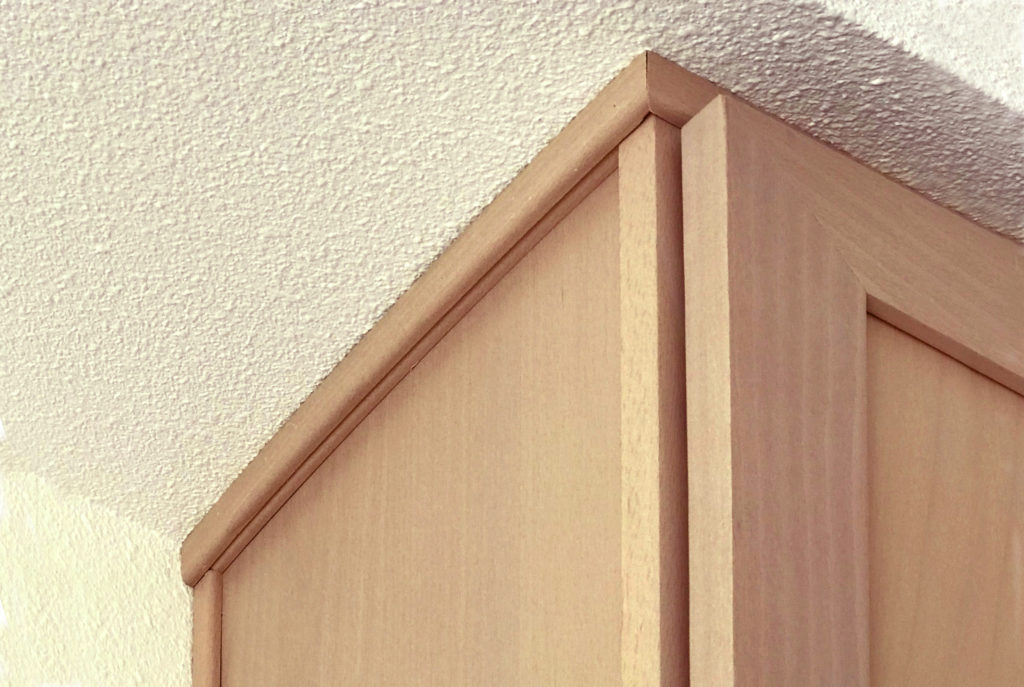

It’s a good idea to plan for scribes early in the design process to get the overall length of the cabinet run right. The width of the scribe can vary depending on the installation. Frameless Cabinetsįrameless cabinets have a flat end so you need to build a scribe to fit the between the cabinet and the wall. Once you have a good fit you can fasten it in place. Test the fit occasionally to gauge your progress. It’s better to angle the edge slightly towards the back, since the back won’t be visible. Since you’re only sanding a 3/8″ thick edge, it will go quickly.

If you use a belt sander be careful not to over sand or round off the edge. Sand the edge of the stile carefully down to the the pencil line. The line should feather to nothing where the gap was the widest. Hold the compass level and against the wall while you mark a pencil line to the bottom of the stile. Pull the cabinet about a 1/2″ from the wall and set the compass to match the widest part of the gap. One way to mark it is to use a pencil compass (remember the old geometry set from school?). Set the cabinet on the kick (or other support if it’s an upper cabinet) at the final height and slide it gently against the wall. Flip the stile so the face is against the fence and run it againĪssemble the frame, attach it to the cabinet and finish it as you normally would.Run the stock face up with the outside (wall) edge against the fence.Set up the table saw with the outside edge of the blade 3/8″ from the fence.Since face frame cabinets already have a stile that projects past the case, it’s easy to add a rabbet to the stile.

The approach is slightly different for face frame and frameless cabinets. This means less material to remove with the sander. The key is to cut a 3/8″ x 3/8″ rabbet in the back side of the stile that will meet the wall. With a bit of planning when you’re building the cabinets, you can scribe the cabinet to the wall with just a bit of sanding. To get a good fit between a cabinet and the wall, without gaps, you need to scribe it to the contour of the wall. In a perfect world, walls would flat and plumb.


 0 kommentar(er)
0 kommentar(er)
